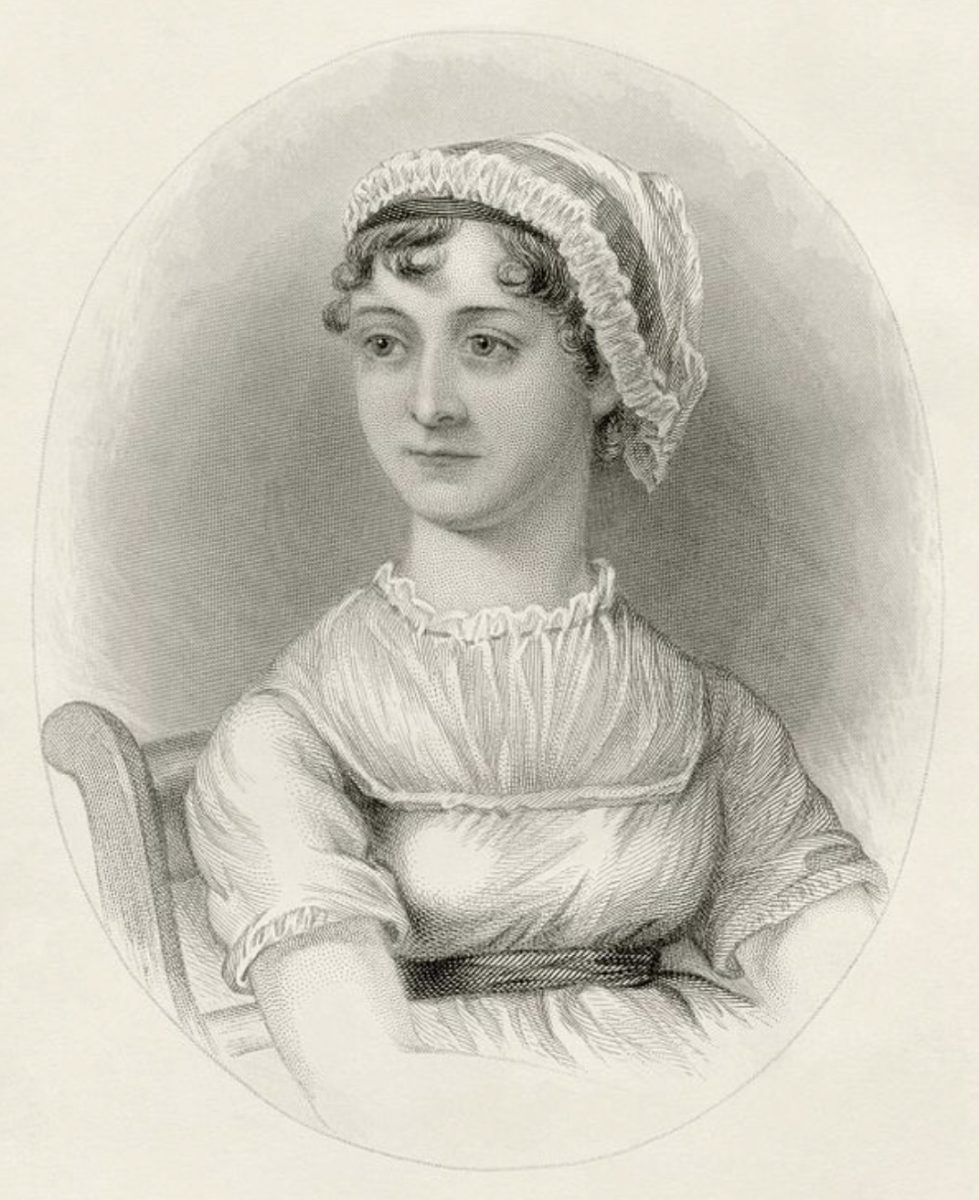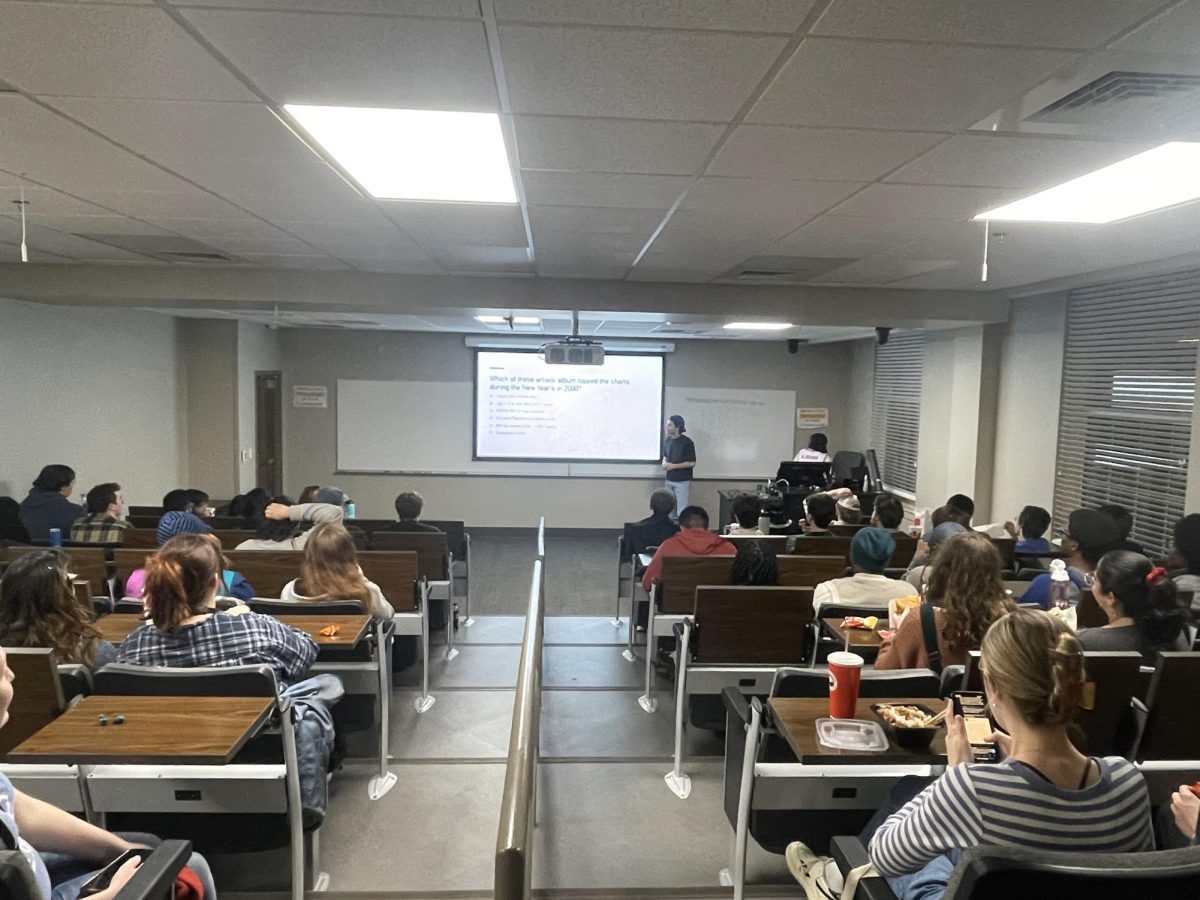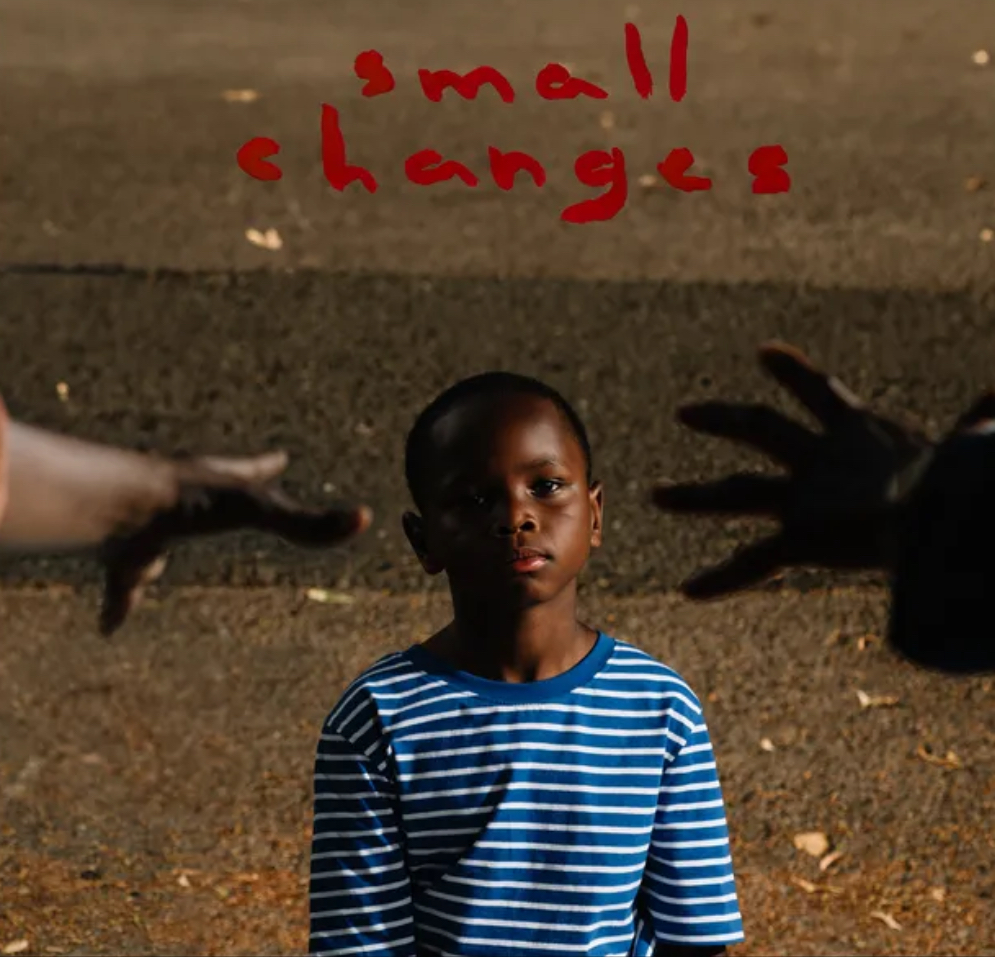Twenty years ago, the founders of the UA dance department couldn’t have dreamed that their department’s inaugural class, made of 13 dance majors, would in two decades grow into a modernized, critically acclaimed program boasting approximately 150 students.
Although the department has had to jump its fair share of hurdles, including the addition of male dancers to the program and getting enough funding to continue instruction and performance, Cornelius Carter, the director of the dance program, and associate professor of dance Rita Snyder agree the time they’ve dedicated to the program has been well worth it.
“It’s taken 20 years to see the program take off,” Carter said. “We were just at the beginning of the foundation of trying to get the repertoire going, just being able to have enough people to perform ballets.”
There are many important factors in attracting dancers to the program. A competitive program must appealing to an international platform and allow its students to specialize in certain types of dance.
“Our program is one of the few programs in the country that is acknowledging the evolution of dance in the United States and Europe,” Snyder said. “We’re trying to encourage our dancers to get the technical training in ballet, and get floor work and other kinds of qualities of movement in modern, and also get elements of commercial dance in the jazz classes so it makes them more well-rounded, and more marketable to a potential employer.”
Snyder said the faculty realizes the profession of dance has evolved and the program is evolving with it. Potential students, he said, are realizing the same thing, which is what attracts them to the program.
“It’s nice if you can be your own kind of artist, but if you’re unemployed that’s a reality,” Snyder said. “You can’t pay the rent by staying true to your own art form.”
To appeal to an international platform, the department has added Qianping Guo to the faculty as assistant professor of dance. “Ping” specializes in ballet choreography and dance theory, and is seen by those in the department as a valuable asset to the University, as he has developed a dance academic program that exchanges students between China and the United States.
“What’s been wonderful is bringing in Ping and having an international perspective, and that’s the strongest thing when looking at the faculty,” Carter said. “We have an international perspective that adds to this universal world stage, and it puts us on the playing field.”
Carter said staying abreast to continual changes in the dance world is what continues to challenge him as a professor.
“Everything has changed, so I can’t teach from my perspective of the dance world from when I was a dancer, because it’s different,” Carter said. “It’s exciting for me and you really have to think faster now.”
Associate professor of dance Sarah Barry said the students who aren’t necessarily on television or in the public eye are still successful, because they represent what the program has given them.
“They demonstrate success,” Barry said. “It’s exciting to see your students that have trained go on and be successful in the dance world.”
Snyder said being able to see her students really make it in the dance world tells the department what they’re doing is changing lives.
One graduate of the UA dance program that has demonstrated success in the public eye is Janelle Issis, contestant on season 9 of Fox’s “So You Think You Can Dance.”
Issis, who secured her spot in the top 20 dancers with her specialty of belly dancing, said when she started in the dance program it was strictly ballet and modern training, and she never would have pictured a belly dancing piece being performed in a showcase her senior year.
“I feel my class really got in Cornelius’ head,” Issis said. “It was cool because we rebelled a little bit, but the faculty took it in a good way because they liked what they saw.”
Issis said the dance program is great and has been good for her career because she was able to move to California for “So You Think You Can Dance” and establish herself as a dancer.
“The dance program gave me four years of growing up,” Issis said. “I grew as a person and gained personal self-confidence and a thick skin, which you have to have to be able to be in the dance world.”
Carter and Snyder agree that although they tend to put in many more hours than other professors might and the pay may not be as much as other professors on campus, the long hours and pay are all worth it to get up every day and dance.
“It really has to be a calling,” Carter said. “You cannot do this stuff if you do not love it. This is what keeps me going – I absolutely eat and breathe dance.”
Leading in today’s Crimson White:
Alabama senior Ashley Sledge named SEC gymnast of the week








